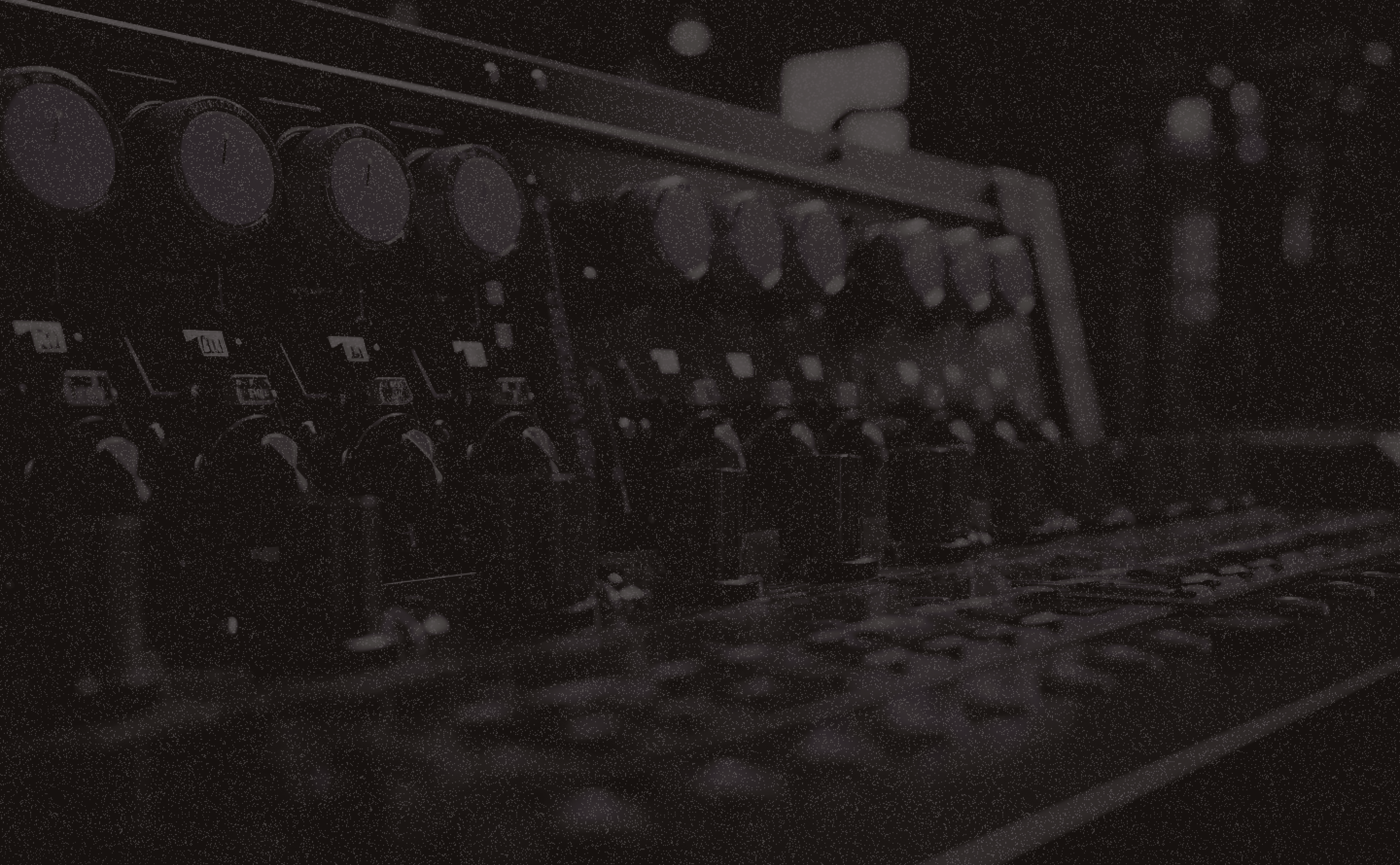As we continue to build Ethos V2, we consistently consider methods to better balance risks and rewards for borrowers, stability pool depositors, and the protocol.
In our research, we’ve discovered a number of interesting quirks associated with Liquity’s price feeds as well as developed a more nuanced framework for managing Minimum Collateral Ratios (MCR) and Critical Collateral Ratios (CCR). We will write more extensively about this as we come closer to the launch of Ethos V2.

Most importantly for users: we’ve made three key determinations:
The most important parameter for risk management is the CCR (by a large margin).
This is because Ethos doesn’t allow lending that would put the collateral ratio of a given pool under the CCR, and recovery mode ensures strict adherence to this specification. Optimal CCRs will therefore allow the platform to be the first party to offboard distressed collateral while still maintaining the most competitive LTV through the MCR.
The primary function of the MCR is in determining liquidation rewards, not managing risk.
Due to the properties of the CCR described above, the MCR doesn’t play a big role in risk management. As long as there is a sufficient buffer to liquidate the collateral and provide a reasonable premium for stability pool depositors, the MCR can be extremely low.
In determining the MCR, the most important factors are the performance of liquidators and desirability of collateral (a function of volatility, liquidity, and demand). Higher MCR equates to higher reward for stability pool depositors but more risk overall for borrowers and the protocol, and overall fewer liquidations.
Lower MCRs are healthier for the protocol AND the user.
For the protocol, this reduces margins for MEV bots who would seek to maximize their liquidation profit and ensures liquidators adhere to the system specification.
For borrowers, it makes liquidations overall less punishing, and gives them a greater margin for error during volatile periods. Additionally, by making the platform more attractive to users of leverage, the frequency of reward for stability pool depositors increases.

Using our new approach to risk management, along with insights from Ethos’ three months in production, we will be making a couple of important changes to the system parameters for $WBTC and $OP collateral.
Starting 08/09/2023:
Updated $WBTC Minimum Collateral Ratio
110%
Updated $WBTC Critical Collateral Ratio
135%
Liquidity conditions for WBTC continue to improve on Optimism and direct Coinbase and Binance integration allows market makers to maintain parity on-chain with centralized exchanges.
Starting 08/09/2023:
Updated $OP Minimum Collateral Ratio
115%
Updated $OP Critical Collateral Ratio
150%
With the first big vesting cliff for $OP behind us, our team feels more comfortable bringing its collateral ratios in line with network standards.
These changes will not only make Ethos a more desirable place for borrowers, but will net significant benefits to every party involved. We will continue to monitor the platform and improve our risk management methodology to make improvements to Ethos Reserve and thank you all for using $ERN.
Please let us know if you have any questions, comments, or concerns about these changes!
Ethos Reserve is a decentralized lending protocol that allows users to take out interest-free loans against collateral such as BTC and ETH. Loans on Ethos Reserve are paid in Ethos Reserve Notes (ERN), a stable asset pegged to the US Dollar. Collateral backing ERN is used to generate passive yield, which is directed toward Stability Pool depositors. These depositors secure the protocol against unhealthy collateral by depositing their ERN tokens into a pool which liquidates unhealthy positions within the system.
Ethos Reserve is a decentralized lending protocol that allows users to take out interest-free loans against collateral such as BTC and ETH. Loans on Ethos Reserve are paid in Ethos Reserve Notes, or ERN, which is a stable asset pegged to the US Dollar.
Loans drawn from Ethos Reserve require users to maintain a minimum amount of collateral in the system to cover their debt. These collateral ratios are as low as 108% for ETH, 110% for BTC, and 115% for OP, and may be lowered over time depending on usage.
Collateral backing ERN is used to generate passive yield, which is directed toward Stability Pool depositors. These depositors secure the protocol against unhealthy collateral by depositing their ERN tokens into a pool which liquidates unhealthy positions within the system.


